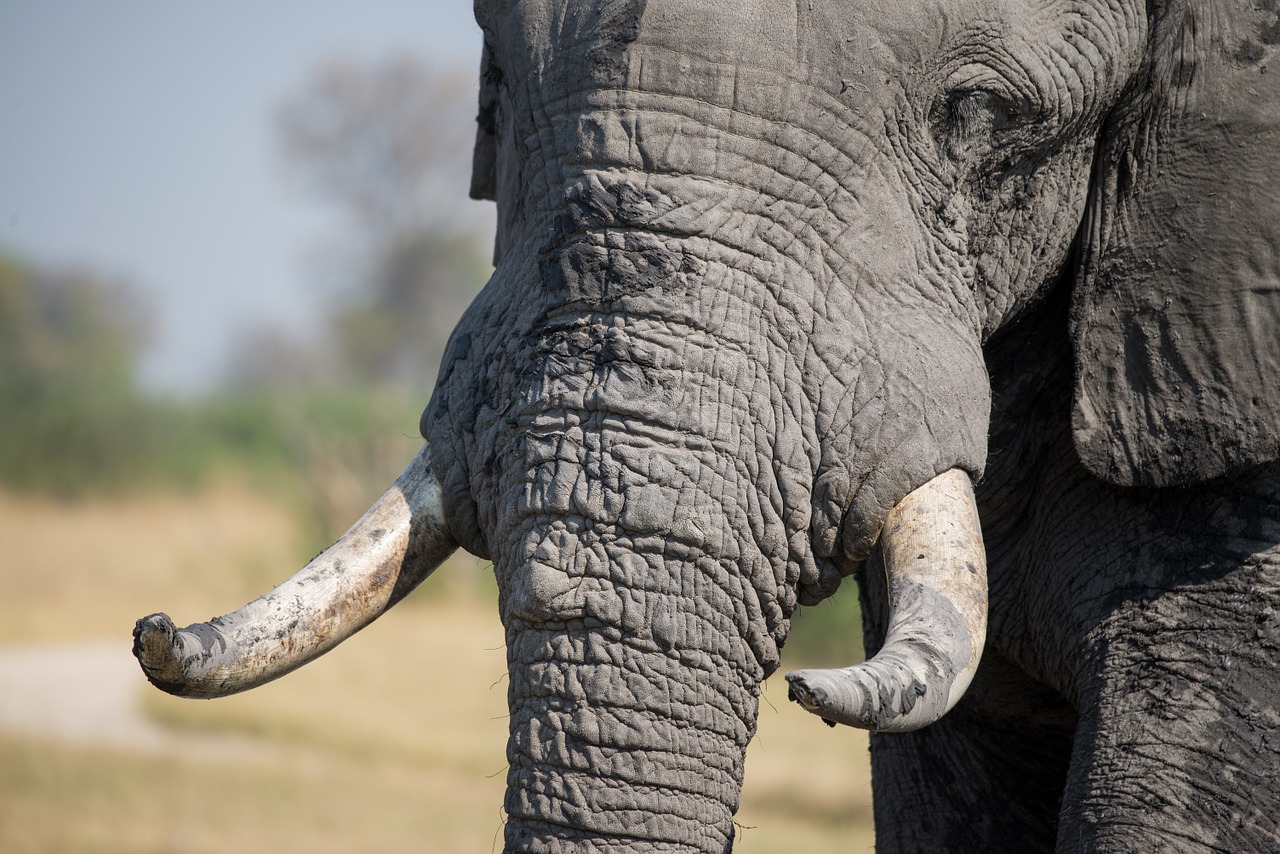The criminal exploitation of our planet’s species is bringing many of them close to extinction. This is occurring to numerous animals and plants, either as entire species or in geographically-restricted populations. In recent years, tigers have been eradicated from their historical territories in several countries of Southeast Asia, whilst massive swathes of South America’s rainforests have been illegally logged and transported to markets around the globe.
The profits being made from what is often termed illegal wildlife trade (IWT) are estimated at anywhere between USD 7 and 23 billion each year, depending upon one’s definition of ‘wildlife’. If timber and fish are included, then the higher of the two figures is likely to be accurate. Although IWT has been recognised as an organised crime type, focussing solely on criminal gains alone is inappropriate – many of those who direct wildlife crime and trafficking exploit the rural poor and urban disadvantaged, as poachers, harvesters and smugglers (especially in developing countries), whilst others, for instance those controlling illegal commercial-level pelagic fishing, engage in modern-day slavery to crew their vessels. Aside from its negative impact upon species and habitats, IWT is also suggested to have perhaps played a role in the outbreak of the zoonotic disease we now call COVID-19.
Despite the fact that such criminality has been growing steadily since the early 1990s, and ever-increasingly involving transnational organised crime groups and networks (OCGs), it is only relatively recently that the scale and seriousness has been acknowledged by national, regional and international policy and decision-makers. In the past few years, countless diplomatic and political conferences and other events have been convened with the goal of raising awareness and generating action. The United Nations General Assembly, for instance, has adopted resolutions identifying measures to tackle wildlife trafficking. It appears, however, that not enough is being done to meaningfully slow the seemingly-constant rape and pillage of natural resources.
Two major reports have been published this summer, which are very worthy of attention. The first is the result of research by the Financial Action Task Force (FATF). The principal finding is of a serious lack of appreciation of the illicit financial flows associated with IWT and the associated money-laundering and corruption. The report contains numerous case studies and makes many recommendations. That FATF undertook this work is commendable and very welcome.
Even a decade ago, the concept that the FATF might expend its time and resources on animals and plants would have been close to unimaginable. Many observers would, at that time, have thought FATF was entering the realm of bunny-hugging, as opposed to addressing the world of financial crime.
The second reflects the work of the United Nations Office on Drugs and Crime (UNODC) and is the latest ‘World Wildlife Crime Report’. Since there is currently very limited centralised collation of all wildlife crime and trafficking data, this report has chosen to focus on specific species, including rosewood timber, African elephant tusks and rhinoceros horns, pangolin scales, live reptiles, big cats and European glass eels. It reinforces the fact that wildlife crime and trafficking is highly profitable for OCGs and is having devastating impacts upon animal, plant and human species.
The UNODC report, diplomatically, outlines various “policy implications”, as opposed to making specific recommendations. For example, although it refers to the some high-level undertakings to combat IWT made by numerous governments in recent years, it notes that “[s]uch commitments raise expectations for action…” without then going on to expressly say that those expectations have, to a significant degree, not been fulfilled – something the rest of the report makes blatantly clear they have not. The policy implications section of the report is more than three times larger than what appeared in the previous 2016 report.
The FATF and UNODC reports have, deservedly, attracted considerable media attention. Journalists and commentators have, understandably, highlighted what each document describes in relation to the serious and organised nature of wildlife crime and trafficking and how IWT threatens several species with utter annihilation. However, those who have been prompted to summarise and publicise each report have, arguably, missed two very significant aspects.
Firstly, each document relied, heavily, upon information from non-governmental organizations (NGOs). In the case of the FATF document, much of the description of IWT, its nature, how it is conducted, etc. came from NGO reports. One of the highly-successful law enforcement case studies, which the UNODC report highlights, was prompted as a result of research conducted by an NGO. Reading both reports, it is hard not to wonder whether some parts of the NGO community have a considerably better understanding of the intricacies of IWT and, very importantly, the persons and OCGs who are controlling and facilitating such criminality, than national, regional and international law enforcement agencies.
Secondly, the recommendations and policy implications in the FATF and UNODC documents would seem to indicate considerable cause for concern with regard to current efforts to combat wildlife crime and trafficking. Whilst it is perfectly reasonable, for example, to urge more agencies to undertake financial investigations, alongside the others they are pursuing against IWT offenders, it is surely astonishing that the law enforcement community has to be recommended, for instance, to share intelligence and operate in a multi-agency manner.
Each report illustrates repeated gaps and failings in the response to IWT. What is concerning is the basic nature of these gaps. It should not be the norm that no follow-up investigations or sharing of intelligence occurs following seizures at ports or borders. Too many enforcement units are operating in silos, ignoring (whether deliberately, inadvertently or due to corruption is not clear) the contribution and expertise which counterparts, both nationally and internationally, could offer. Many of the joint cross-border investigations which are currently taking place would often seem to be instigated by inter-governmental organisations and initiatives, such as INTERPOL, the World Customs Organization and the International Consortium on Combating Wildlife Crime, as opposed to individual enforcement agencies routinely collaborating.
Crime investigation is not rocket science. Day-to-day, the law enforcement community is bringing to justice OCGs engaged in narcotics, human and weapons trafficking. Why are so many of those engaged in IWT not being brought to book?
FATF and UNODC have both, one presumes, worded their reports carefully. But it does not take much reading between the lines to see a picture of, at worst, widespread incompetence or, at best, unprofessionalism. Not only are a worryingly-large number of law enforcers, and some of their political masters, letting down the world’s rarest animals and plants, they are also failing to support those dedicated and committed enforcers who are employing every tool in the investigative armoury.
If one were a gambler, it would probably not be wise to bet on any of the major wildlife-related OCGs entering court-ordered lockdown anytime soon. If IWT has truly played some part (no matter how small or questionable) in the spread of a disease which has, in many respects, brought the world and its economy to its knees, resulting (by mid-July 2020) in over 14 million infections and over 600,000 deaths, then this must surely be reason enough for law enforcement to get its act together.
John M. Sellar OBE is now an independent advisor in the fields of anti-smuggling, fraud and organized crime, having spent most of his career in the Scottish Police Service and United Nations. Between 1997 and 2011, he was Chief of Enforcement for the Convention on International Trade in Endangered Species of Wild Fauna and Flora.
Main Image Credit: Tonyo_au, via Pixabay.
The views expressed in this article are those of the author(s) and do not necassarily reflect the views of RUSI or any other institution.



